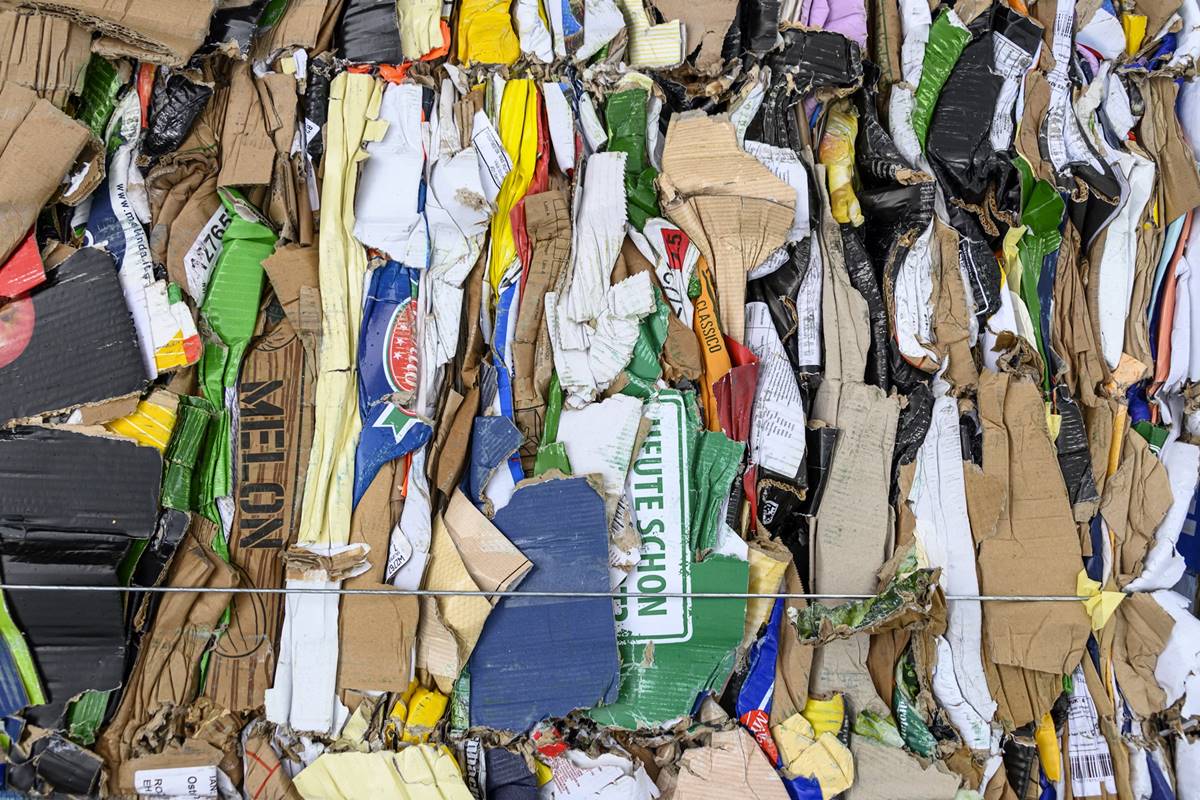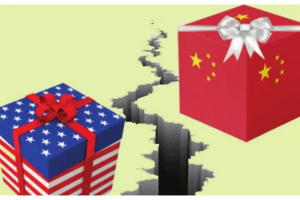Most of us have grown up learning about recycling and reusing in school, however, there’s a new trend that has been on the rise for the past couple of years. Upcycling has been the trend lately, especially when it comes to fashion.
Upcycling is the practice of upgrading or elevating something into something different or completely new. It’s the art of breathing new life into something that may have just turned to scrap or discard. Upcycling can be done in two ways- first, by creating a new product out of remains or scraps of old items while the second way is to elevate something that already exists by adding to it. It may lead you to nostalgic school days when you participated in competitions like ‘best out of waste’ which we now call upcycling.
From Re-purposing and Rationing to Upcycling: The Trajectory of The Now Ethical Choice
While upcycling as a trend has been a recent phenomenon, we have been practising it even before it got a word. In classical times, old stones were reused to create architecture; a popular example being- ‘Spolia’ which was a common practice in the Roman Empire. The term finds its nomenclature from the Latin word ‘spolium’ which metaphorically refers to spoils.
Coming to the 40s when history recorded World War II, re-purposing became the practice to keep up with scarcity and limited resources. The British ministry pushed for the upcycling of clothes caused by shortage and launched the ‘Make Do and Mend’ Campaign. The advice was to make clothes last longer by repairing and re-purposing them to clothe families during the time of national turmoil. Furthermore, in times of recession, upcycling emerged as the trend to keep up with crisis by re-fashioning old clothes by breathing a new life into it.
As we reached the 21st century, ‘upcycling’ garnered centre stage, particularly after the onset of the global pandemic COVID-19 when we were staying in the confines of our homes with little access to non-essential stores. A lot of people took to the DIY project of upcycling to unleash their creativity and imagination to create new pieces of clothing, furniture, and much more. This creativity aspect when acknowledged the sustainability that accompanies it, upcycling started to become an ethical choice, especially among the youth, with environmentalism and sustainability becoming an important choice.
Upcycling: The New Moment in Fashion
Upcycled fashion has been the rage lately with celebrities and major fashion houses promoting the sustainable practice. Brands like Gucci, Miu Miu, and Hermes have been restoring vintage pieces and re-purposing scraps and deadstock to create new apparel and accessories.
Looking at iconic moments in fashion, we saw Ashwin Thiyagarajan’s rainbow corset dress being flaunted by actress Maitreyi Ramakrishnan, actress Taapsee Pannu, and businesswoman Isha Ambani. The dresses were made from using scraps of sarees.
Another moment that caught everyone’s eye was Hailee Steinfeld’s Met Gala 2021 outfit which comprised layers of ocean plastic, making the dress a true ‘trash to treasure.’
While upcycling as fashion is fairly recent, the practice of producing upcycled textiles has been there across space and time. Kantha from India, Sashiko from Japan, Patchwork from China, and Darning from Europe have been embracing upcycling techniques to create fabrics for centuries.
The Sustainable Way Forward
As we traced down the trajectory of upcycling, we can assume that this new choice is the way forward to embody environmentalism and sustainability in a world of rampant consumerism and ever-growing landfills. Not only are celebrities and popular fashion houses indulging in the practice, as per Harvard Business Review, Etsy, a popular online marketplace, has witnessed listings tagged with “upcycled” increase from 7,900 products in 2010 to about 200,000 as of this month.
It is arguable that what started as a thing of the past, as a necessity, has over time transmuted into a practice for the future, a trend for nature.
Also Read: Ayurvedic cooling face packs to combat the scorching heat











